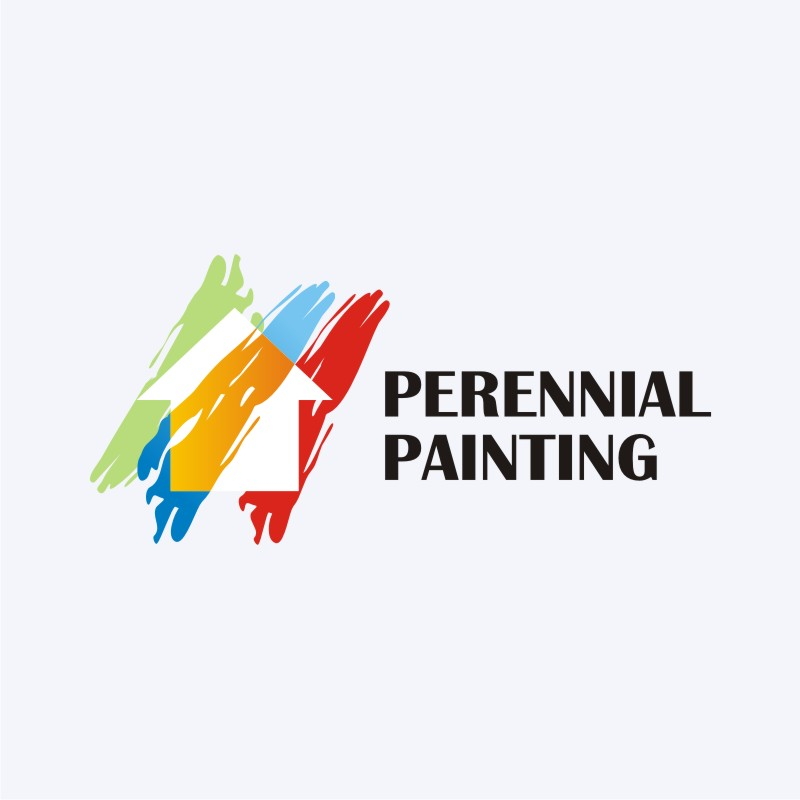In-Depth Process For Getting Your Wall Surfaces Ready For A Fresh Coat Of Paint
In-Depth Process For Getting Your Wall Surfaces Ready For A Fresh Coat Of Paint
Blog Article
Write-Up Created By-Soelberg Gustavsen
When you're prepping your wall surfaces for paint, it's essential to adhere to a systematic process to make certain a perfect coating. Start by analyzing the wall for any type of damage; this step can make or break your project. When you've recognized any issues, cleaning the surface area appropriately is essential, as a dirty wall can influence paint attachment. Afterwards, you'll require to spot any type of blemishes and apply a guide. But there are specific strategies and suggestions that can raise your preparation video game-- let's discover those additional to accomplish the very best outcomes.
Assessing Wall Surface Problem
Before you order your paintbrush, take a minute to analyze your walls' problem. Check for any kind of visible damage like fractures, openings, or peeling off paint. These blemishes can influence how the paint sticks and looks as soon as it's completely dry. If you see any type of considerable damages, you'll need to focus on fixings prior to diving into painting.
Look closely at house painting costs near me of your walls. Is the surface area smooth, or is there appearance that might call for unique consideration? Smooth walls normally need much less preparation, while distinctive surfaces might need even more time to repaint equally.
Additionally, take into consideration the previous paint work. If the old paint is glossy, it mightn't permit brand-new paint to stick correctly. You'll would like to know if your walls have been painted with oil-based or water-based paint, as this can impact your option of primer or paint.
Lastly, bear in mind of any kind of moisture concerns. If https://lukasxsdmv.idblogmaker.com/32447014/get-ready-to-be-astonished-by-the-remarkable-transformations-crafted-by-paint-professionals-where-ordinary-areas-are-become-extraordinary-artworks see indicators of water damage or mold and mildew, address these problems promptly to stop additional issues.
Cleansing the Surface area
When you have actually evaluated the condition of your wall surfaces, the next action is cleansing the surface area. Start by collecting your products: a pail, warm water, a light cleaning agent, a sponge or cloth, and a scrub brush for harder areas.
Begin at the top corner of the wall and work your way down. Mix the cleaning agent with cozy water in your pail, after that dip the sponge or cloth right into the service. Wring it bent on stay clear of too much dampness on the wall surfaces.
As you cleanse, pay attention to locations that might've built up dust, grease, or finger prints. For stubborn discolorations, utilize the scrub brush carefully to prevent harming the paint underneath. Wash your sponge or cloth often in tidy water to stop spreading dust around.
After cleaning, it's essential to wipe the wall surfaces with a damp cloth to remove any kind of soap deposit. This action makes sure a smooth surface area for the brand-new paint to adhere to.
Enable the walls to dry entirely before going on to the following preparation steps. This comprehensive cleansing procedure will aid develop a fresh canvas for your paint project, ensuring the very best results.
Patching and Priming
Patching and priming are vital action in preparing your walls for a fresh layer of paint. Initially, evaluate your wall surfaces for any kind of openings, fractures, or flaws. Utilize source web page -grade spackling substance or patching paste to fill up these areas.
Apply the substance with a putty knife, smoothing it out so it's flush with the bordering surface area. Permit it to completely dry entirely, and afterwards sand it gently until it's smooth and also.
As soon as you have actually patched whatever, it's time to prime. Primer helps seal the covered areas, making sure the paint sticks correctly and offers a consistent finish. Pick a guide appropriate for your wall surface kind and the paint you'll be making use of.
Apply the guide utilizing a roller for bigger locations and a brush for edges and sides. If your covered areas are dramatically large or porous, you may wish to apply a 2nd layer of guide after the initial one dries.
After priming, let everything dry extensively before proceeding to paint. This prep work will not just enhance the appearance of your walls yet likewise extend the life of your paint work.
Take your time, and you'll be pleased with the results.
Conclusion
By following these straightforward actions, you can attain a smooth and professional surface on your walls. Begin by examining their problem, after that tidy and patch any type of flaws prior to using primer. Remember to allow appropriate drying out time and ensure whatever is smooth before you dive into painting. With Recommended Internet page , you'll set the stage for an attractive transformation in your area. Currently, gather your materials, inhale the fresh air, and prepare yourself to repaint!
